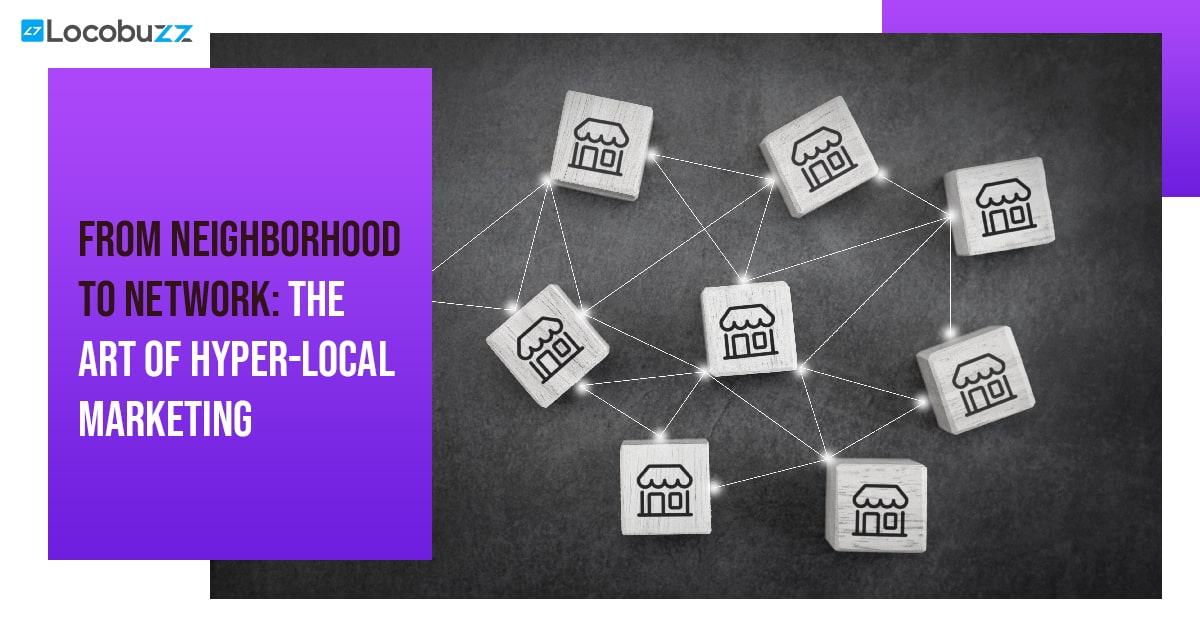The Role of Social Listening in Mitigating Crisis

The Power of Social Listening
Imagine having your own team of social listening experts, ready and equipped to tackle any potential crisis long before it even arises. Think of it as a super power of being able to glance into the future by analysing the vast ocean of digital data. This allows you to create a detailed map of your user community and everyone else discussing your brand across the digital realm.
A dedicated social media listening and monitoring team provides you the ability to foresee trends, minimise risks, and identify opportunities. You can comprehend sentiment, forecast user behaviour, and remain ahead of the curve by sorting through enormous data volumes. It’s a proactive and calculated strategy for boosting your brand’s visibility and reputation.
Social listening allows you to venture beyond traditional marketing. With the right team and tools, you can transform your brand based on real-time insights from the ever-expanding digital scape. The future is now, and it’s waiting not to be uncovered, but created through the art of social listening.
In addition to crises, social listening is a type of neo marketing that enables you to decipher consumer impressions of a company, product, service, or celebrity and aids in your ability to comprehend their ideas and perceptions.
Picture an influencer who knows exactly what to tell his fans and audiences to win more influence over them, or a brand tapping on each and every feature their consumers ever desired, this is what Social Listening can do.
Beyond just crisis management, Social Listening represents a new frontier in marketing – a modern approach that deciphers how users view products, services, brands, and even celebrities. It’s a remarkable tool for unravelling thoughts and perceptions, offering unparalleled insights.
With Social Listening, you unlock the ability to tap into the collective pulse of your audience, leveraging their desires and sentiments to tailor your strategies. It’s like fine-tuning your marketing efforts to resonate harmoniously with the evolving preferences of your audience.
This isn’t just marketing – it’s a strategic dance of perception and connection. A New Colossus.
This is the power of Social Listening in action.
A Reputed Airline Case Study
A bizarre incident occurred on flight wherein a 36-year-old man urinated on a 70-year-old woman. Insane right?
The situation remained calm until it was January when a letter from the victim to the airline group chairperson surfaced and caught media attention. It was a dark moment for the brand as it was lashed out from all directions by users on the internet, highlighting the airline’s perceived lack of prompt action and the alleged inattention of the aircrew during the incident.
You can imagine the rest, With the brand already struggling due to reasons, this only amplified the damage to their reputation by 10 folds.
The aftermath of the incident caused an uproar of negative sentiment across social media platforms. Media houses, influencers, and everyday internet users all flocked onto social with their pitchforks, offering their perspectives, jibes and opinions on the unfolding events.
A game-changer arrived when the Chairman, issued a reassuring statement. Airlines online sentiment pivoted – negatives dropped from 70% to 52%, while positive sentiment increased by 6%.
The statement galvanized supporters, ushering a shift as they rallied around the brand. This case exemplifies crisis management’s potency, emphasizing prompt authoritative responses. Stakeholders, from influencers to netizens and business leaders, wield immense power in moulding a brand’s online reputation during trials.
Details that matter!
Social Listening with Locobuzz allows you to dive deeper into raw social, granting you the ability to add further dimensions to it. With an influx of criticism Airline left right and centre, we were able to pull out and interpret large volumes of data and define them systematically, forming a cohesive story backed by numbers which allowed stakeholders to have a better understanding of the situation and give them a clear picture.
The below visual shows how data can be interpreted in one of several ways, Here the data has been split into three phases due to the nature of the crisis.

• Pre-Crisis: During the pre-crisis phase, the landscape remains characterized by a state of normalcy, evident in the absence of notable spikes within this timeframe. Mentions exhibit stability, with users engaging in routine discussions across diverse social channels while interacting with the brand.
• Crisis Phase: This segment of the timeline prominently illustrates a noticeable surge in mentions, possibly stemming from various factors. In the presented scenario, it was the circulation of a letter from the victim to the chairperson that gained traction across social platforms, subsequently triggering a significant outcry. It’s apparent that during this phase, the frequency of negative mentions began to escalate, accompanied by a growing influx of users participating in discussions that critique the brand.
• Post crisis: In the post-crisis phase, a noticeable decline in mentions becomes evident. This reduction can be attributed to various factors, including the issuance of an official press release, resolution of critical issues, delivery of statements, or any form of official communication. Additionally, active engagement by brand representatives in addressing each individual on social media contributes to maintaining the brand’s reputation. This concerted effort gives observers the impression of proactive interaction with the audience, thereby rebuilding trust and fostering brand loyalty.
Locobuzz to the rescue!
The damage to the brand and crisis could have been mitigated, had the airline opted for a proactive approach, as evidence points out that there was a slight level of traction on the internet during the wake of the incident.

The above-presented timeline shows not one, but two of such urination incidents. With a social listening team powered by Locobuzz, deployed to monitor, analyse and report the insights deriving out of social conversations right off the bat, there could have been well-defined red flags with detailed analysis which could have ultimately been a game changer for the airline all together.
By harnessing the capabilities of Social Listening and Digital Intelligence, the Airline could have effectively strengthened its digital footprint and enhanced its preparedness to navigate unforeseen crises through the following measures:
Establishing a digital command centre, which acts as a fortress, serves as a centralized hub that enables businesses to proactively monitor online conversations, discussions, and activities across various digital platforms and social media channels.
Key features of a digital command centre typically include:
Real-time Monitoring: The command centre continuously tracks online conversations, mentions, and interactions, allowing organizations to stay up-to-date with what’s being said about them.
Social Media Listening: It scans multiple social media platforms, forums, blogs, news articles, and other online sources to capture a holistic view of public sentiment and opinions.
Keyword Tracking: By using specific keywords and phrases, organizations can pinpoint relevant discussions related to their brand, products, or industry trends.
Sentiment Analysis: Advanced algorithms analyze the sentiment behind the conversations—whether they are positive, negative, or neutral—to gauge overall public perception.
Data Visualization: Command centres often present data in visually engaging dashboards, graphs, and charts, making it easier to comprehend and interpret the ongoing digital discourse.
Crisis Detection: It can help identify potential crises by spotting sudden spikes in negative sentiment or identifying emerging trends that could impact reputation.
Competitor Analysis: Organizations can gain insights into how their competitors are being discussed online, helping them stay competitive and responsive.
Engagement and Response: Some advanced command centres offer the ability to respond directly to conversations, allowing organizations to engage with customers and address concerns promptly.
Performance Metrics: Metrics like engagement rates, reach, and impact of various campaigns or announcements can be tracked within the command centre.
Customized Alerts: The system can be set to send alerts based on predefined criteria, such as a sudden increase in mentions or a shift in sentiment.
A well-utilized digital command centre not only helps in understanding the public perception but also informs strategic decision-making, crisis management, and brand communication strategies. It empowers organizations to proactively engage with their audience, respond effectively to criticism or feedback, and ultimately maintain a positive online presence and brand reputation.






















